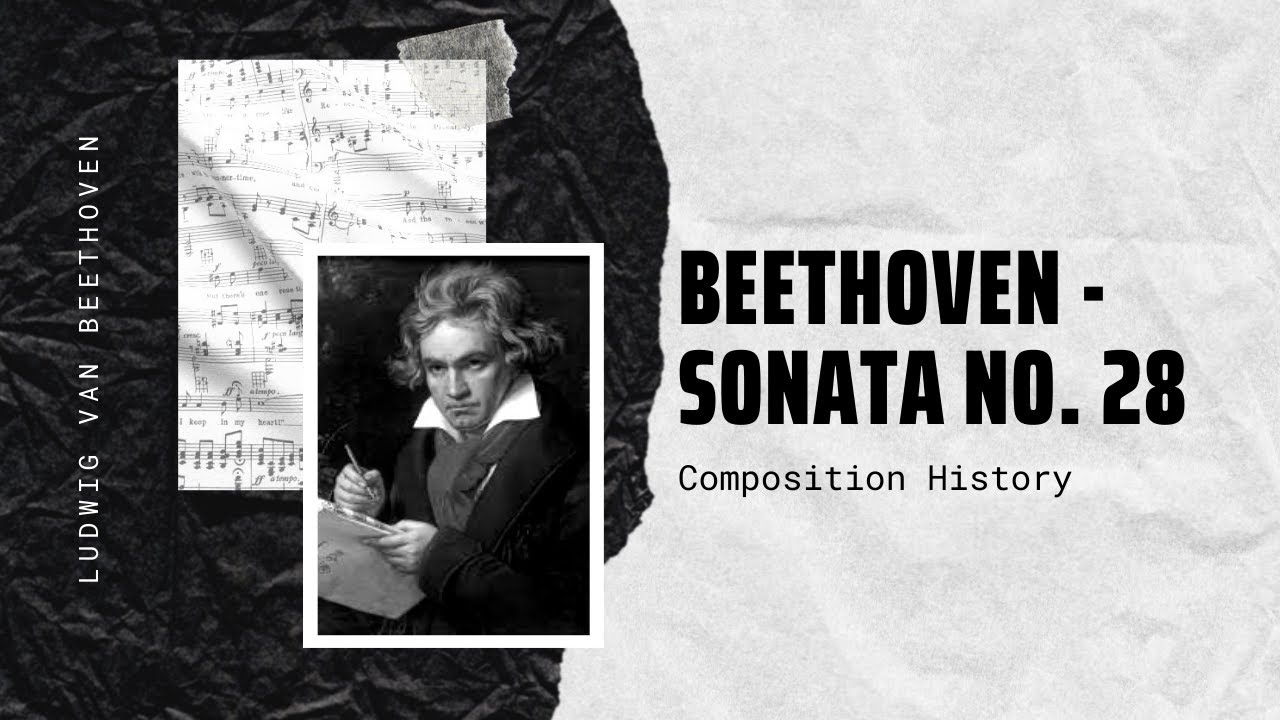
Beethoven – Sonata No. 3 in C Major, Op. 2 – Music | History
Ludwig van Beethoven’s Piano Sonata No. 3 in C major, Op. 2, No. 3, is a sonata written for solo piano, composed in 1795. It[…]

Beethoven – Moonlight Sonata Op. 27 No. 2 – Music | History
Beethoven – Moonlight Sonata Op. 27 No. 2 – Music | History The Piano Sonata No. 14 in C♯ minor “Quasi una fantasia”, Op. 27, No.[…]

Beethoven – Sonata No. 21 Op. 53 in C Major – Music | History
Beethoven – Sonata No. 21 Op. 53 in C Major – Music | History Beethoven’s Piano Sonata No. 21 in C major, Op. 53, known as[…]

Beethoven – Sonata No. 25 Op. 79 in G
The Piano Sonata No. 25 in G major, Op. 79, a work in three movements, was written by Ludwig van Beethoven in 1809. It is[…]

Beethoven – Sonata No. 28 in A Major Op. 101
Ludwig van Beethoven’s Piano Sonata No. 28 in A major, Op. 101, was written in 1816 and was dedicated to the pianist Baroness Dorothea Ertmann,[…]

Beethoven – Sonata No. 16 in G Major Op. 31
Ludwig van Beethoven’s Piano Sonata No. 16 in G major, Op. 31 No. 1, was composed between 1801 and 1802. Although it was numbered as[…]

Beethoven – Sonata No. 15 in D Major
Piano Sonata No. 15 in D major, Op. 28, is a piano sonata by Ludwig van Beethoven. The name Pastoral or Pastorale became known through[…]

Beethoven – Piano Sonata No. 9 in E Op. 14
The Piano Sonata No. 9 in E major, Op. 14, No. 1, is an early-period work by Ludwig van Beethoven, dedicated to Baroness Josefa von[…]
Beethoven – Piano Sonata No. 2 in A major Op. 2
Beethoven’s Piano Sonata No. 2 in A major, Op. 2, No. 2, was published in 1796 and dedicated to Joseph Haydn. A typical performance lasts[…]

Beethoven – 11 Bagatelles Op. 119
Ludwig van Beethoven; baptised 17 December 1770 – 26 March 1827) was a German composer and pianist; his music is amongst the most performed of[…]